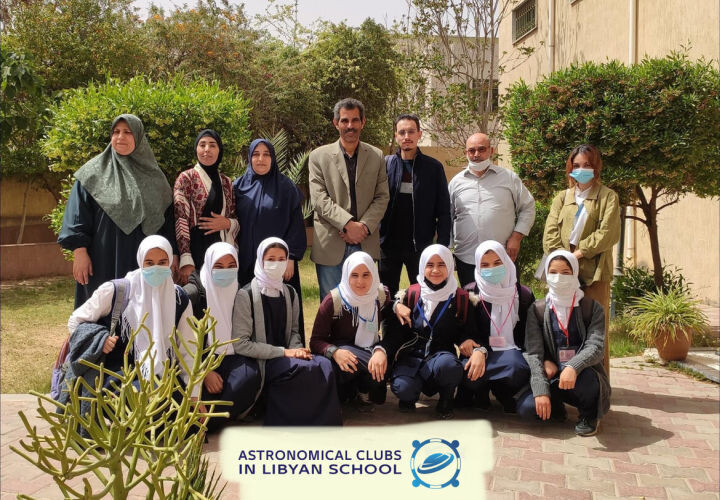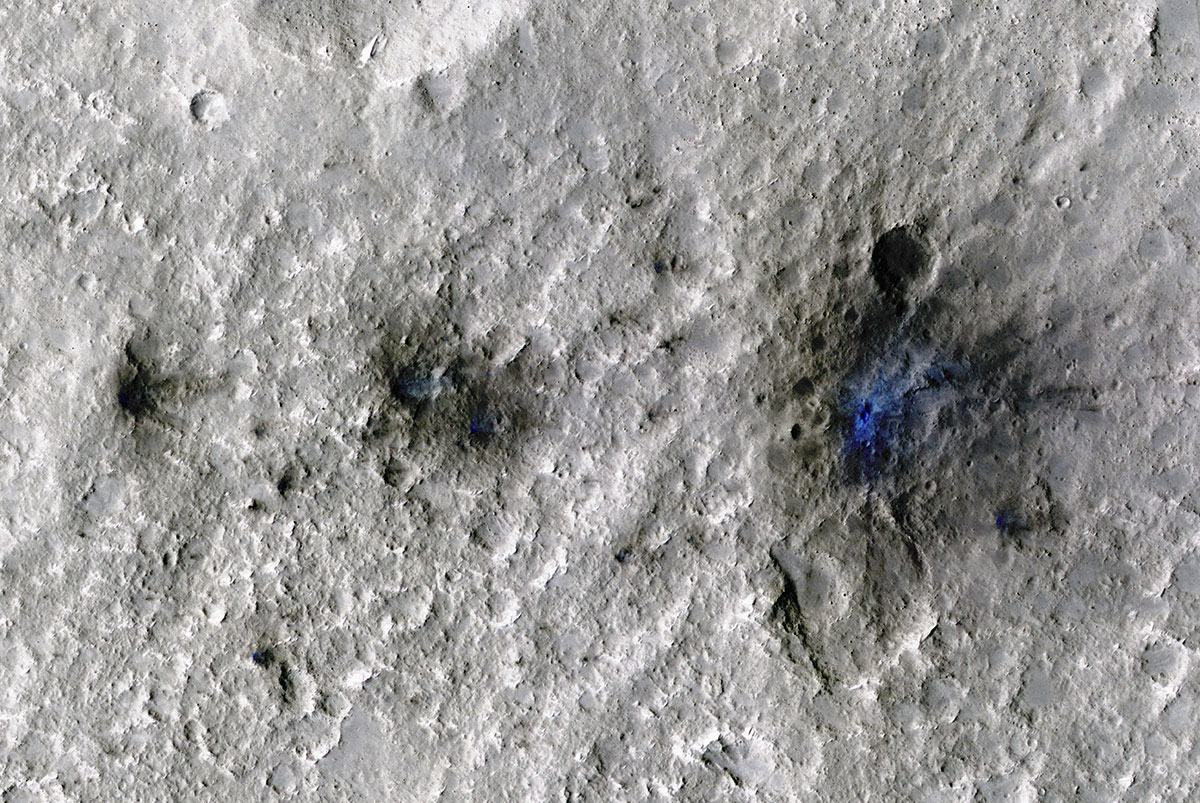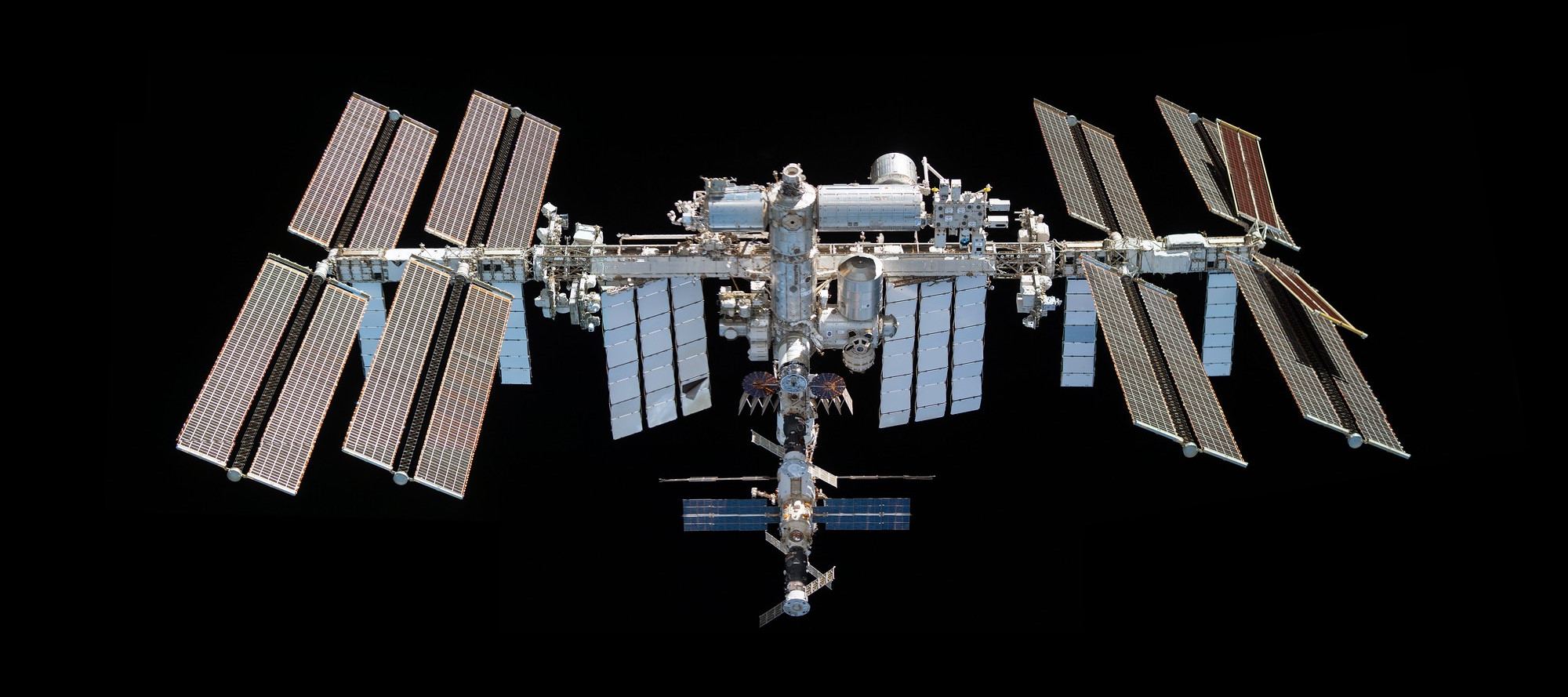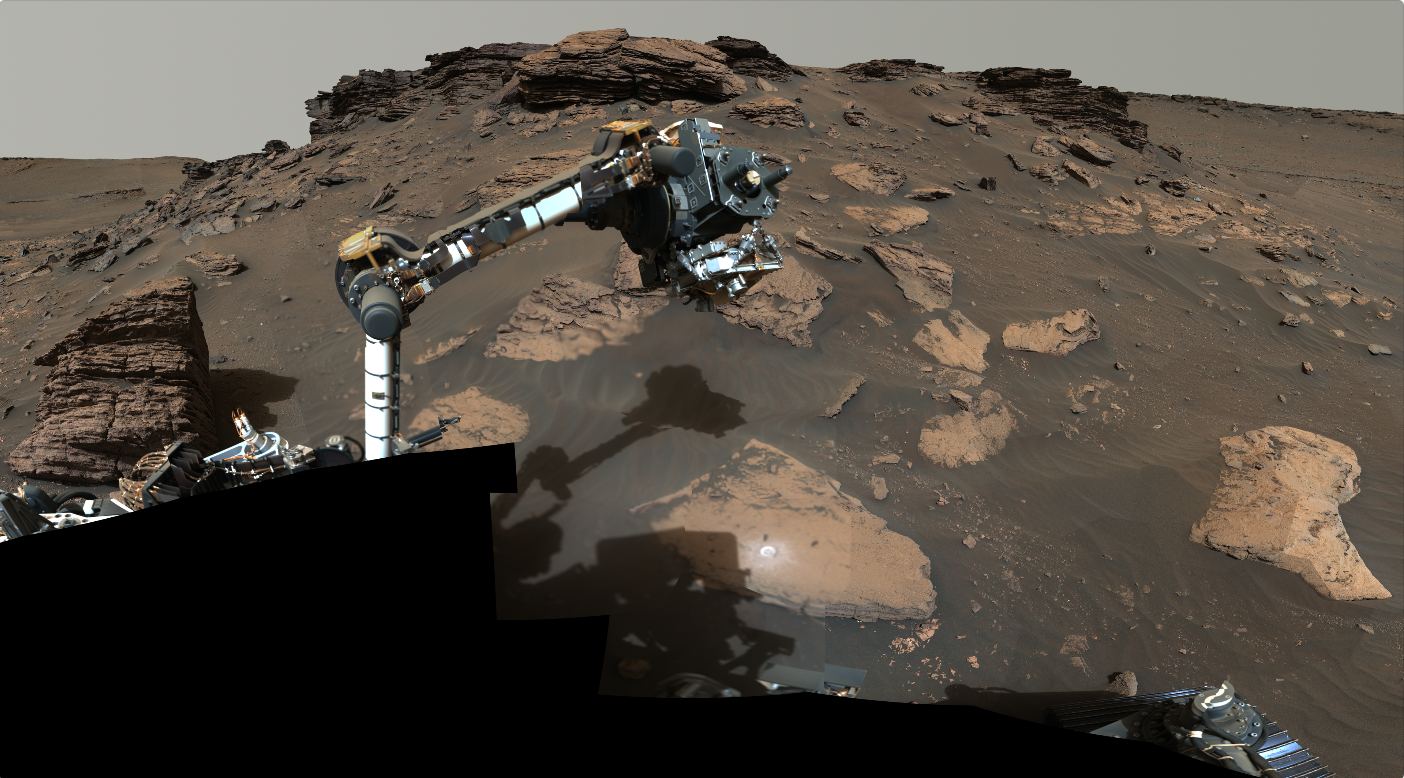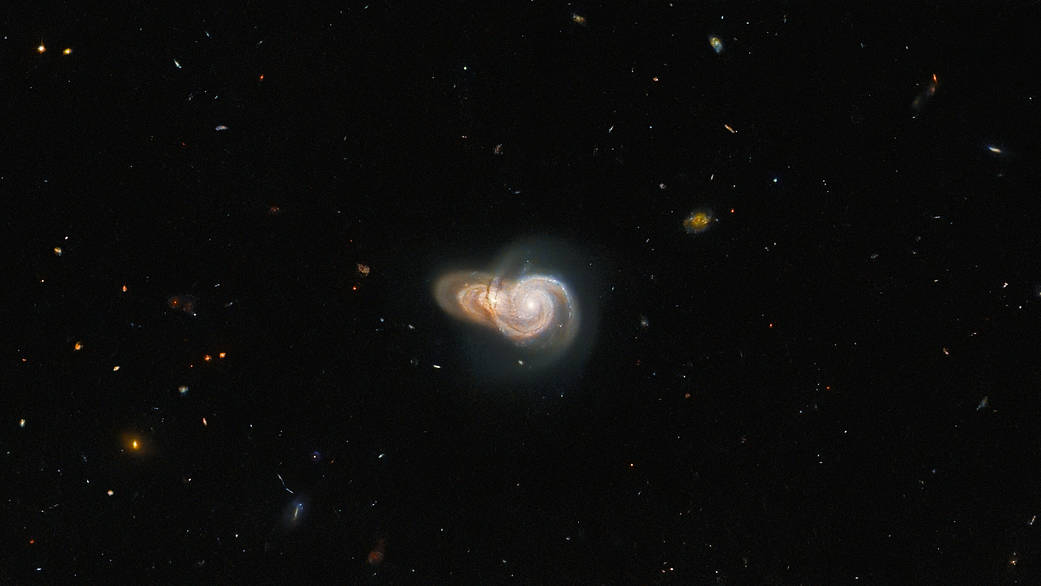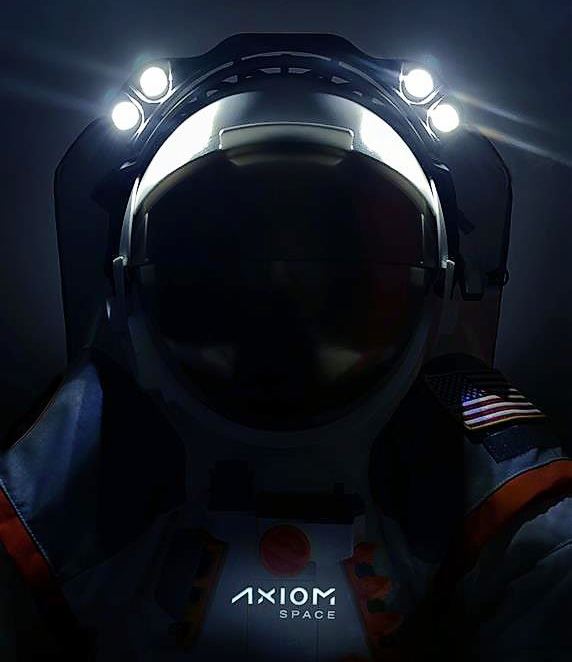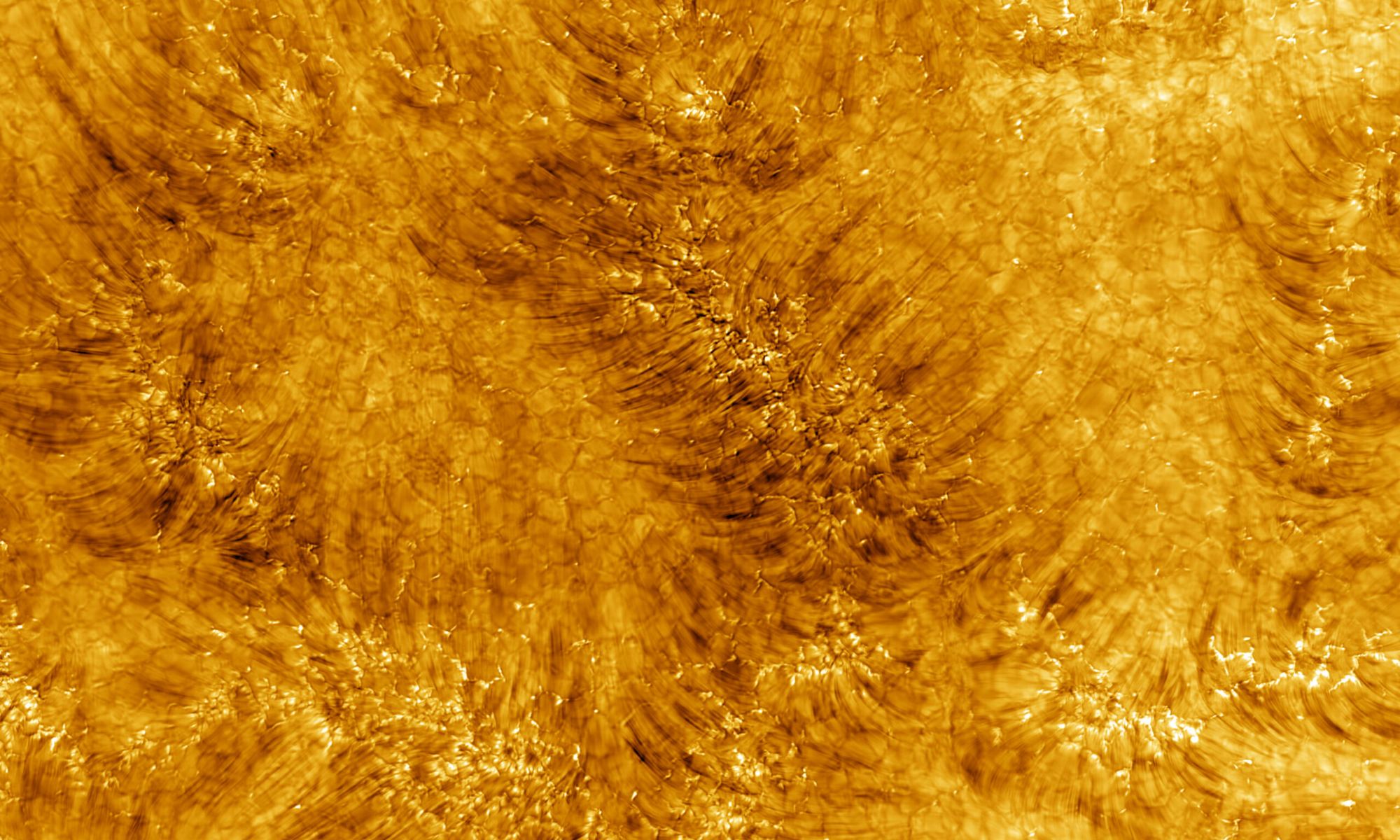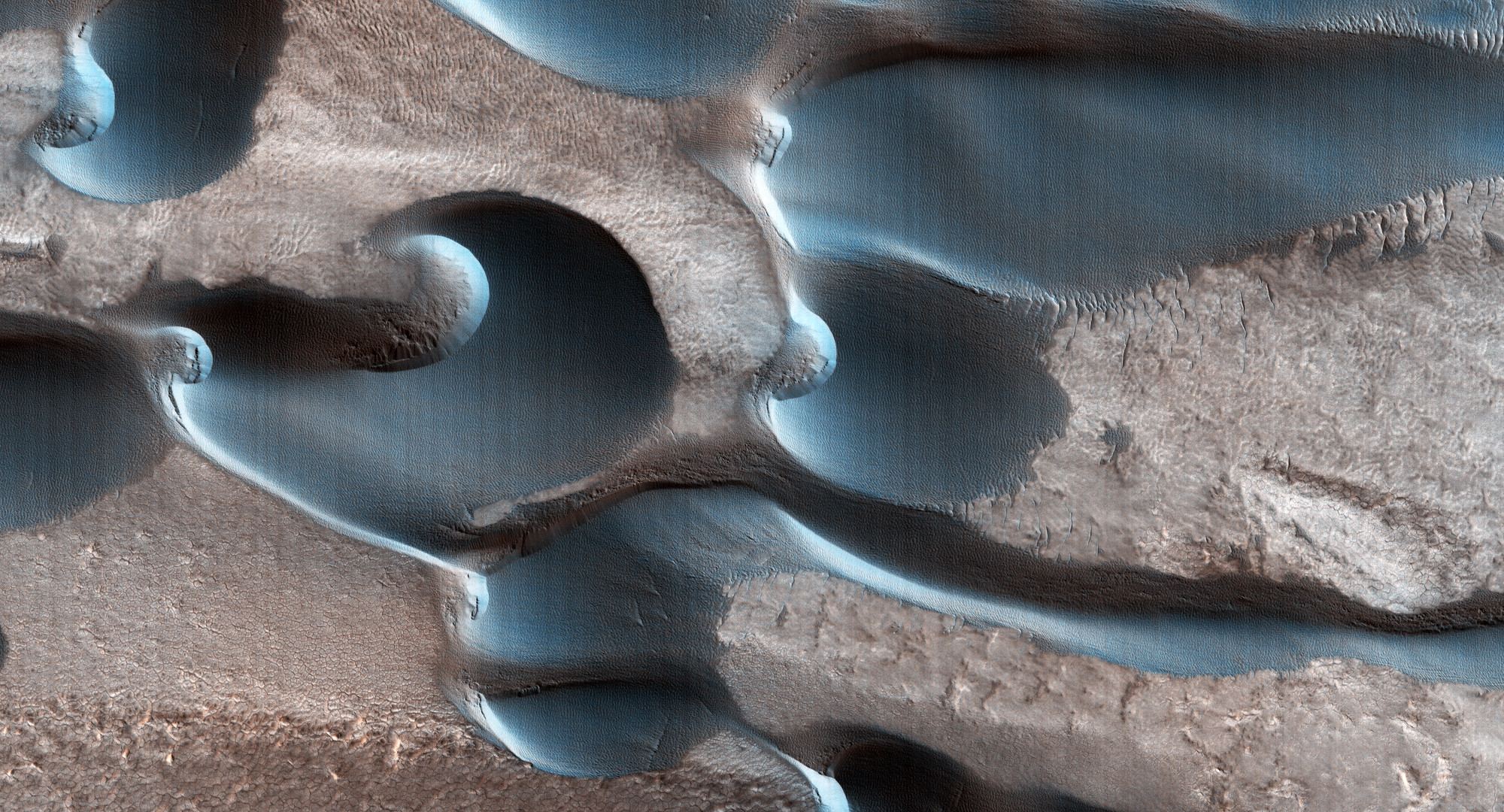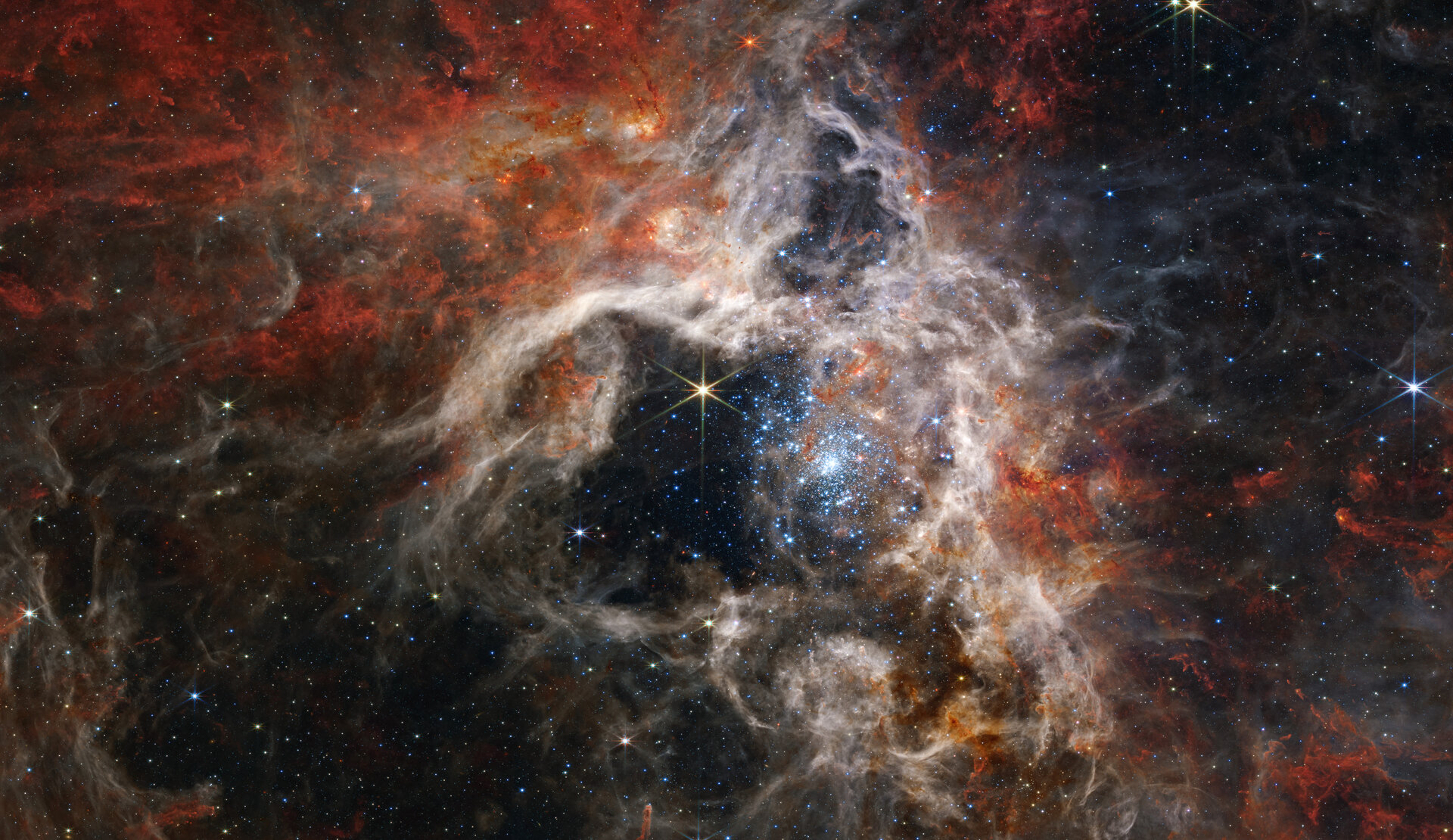The first-ever planetary defense technology demonstration mission successfully conducted its mission, slamming into the surface of a distant asteroid and going out in a blaze of glory. NASA’s Double Asteroid Redirection Test (DART) spacecraft acted as a kinetic impactor, colliding with the small and harmless asteroid Dimorphos on September 26 at 7:14PM ET, with the hope of deflecting it.
Continue reading “This is the Last Thing DART saw as it Smashed Into its Asteroid Target”This is the Last Thing DART saw as it Smashed Into its Asteroid Target


